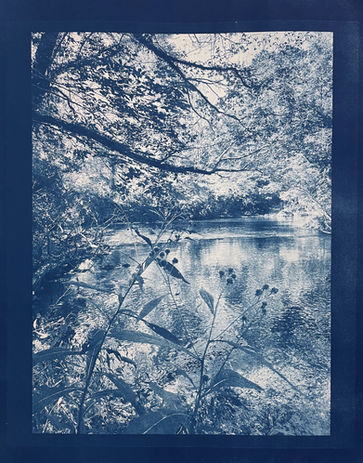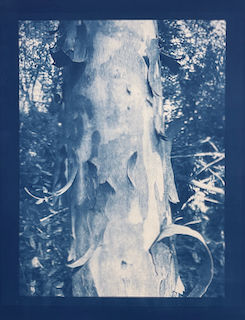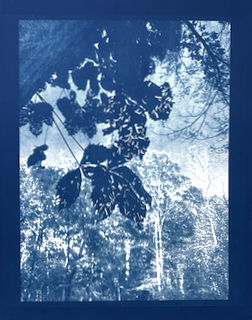Scott Stephens
Gallery at Hotel Indigo, January 26, 2023-April 30, 2023
Scott Stephens is a printmaker and emeritus professor of art at the University of Montevallo, where he taught from 1983 to 2020. He earned his BFA degree at Washington University in St. Louis and his MFA at the University of Alabama. Stephens has completed artist residencies at the Centrum vor Grafiek Frans Masereel in Kasterlee, Belgium, the Cité Internationale des Arts in Paris, France, the Hamilton Printmakers Arts Association in Ontario, Canada, and the Institute of Electronic Arts NYSCC at Alfred University, New York. His work has been recognized with a fellowship from the Southern Arts Federation/National Endowment for the Arts and two individual artist fellowships from the Alabama State Council on the Arts in 1992 and 2002. Stephens was designated the Carnegie Foundation for the Advancement of Teaching CASE Alabama Professor of the Year for 2006. He is included in Alabama Creates: 200 Years of Art and Artists, edited by Elliot Knight, for the Alabama State Council on the Arts and the University of Alabama Press, Tuscaloosa, 2019. His studio practice is in large-format printmaking and historic photographic processes.
Artist Statement for "Cahaba Beach Road":
My work is drawn from Alabama landscapes—views of natural environments that have been altered for utility or aesthetics.
This exhibition features an old swimming hole on the Little Cahaba River located in Shelby County. The pool for swimming is created from a natural bend in the river that then flows under an old iron trestle bridge, no longer passable to cars. Within a few miles of this site the river flows past the New Merkle Pumping Station, a major source of drinking water for Birmingham.
There is renewed interest in the utility of the site as a means to reconnect two growing population areas by building a new bridge and roads, but the beauty of the site may be preserved by the competing need to maintain a natural environment for clean water.
The prints in this exhibition use the historic photographic process of cyanotype. Invented by Englishman Sir John Herschel in the 1840s, it remains one of the most simple and long lasting photographic printing techniques.



